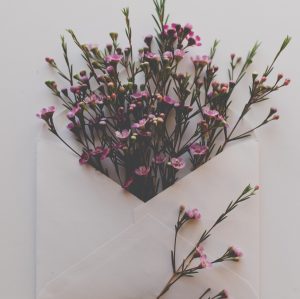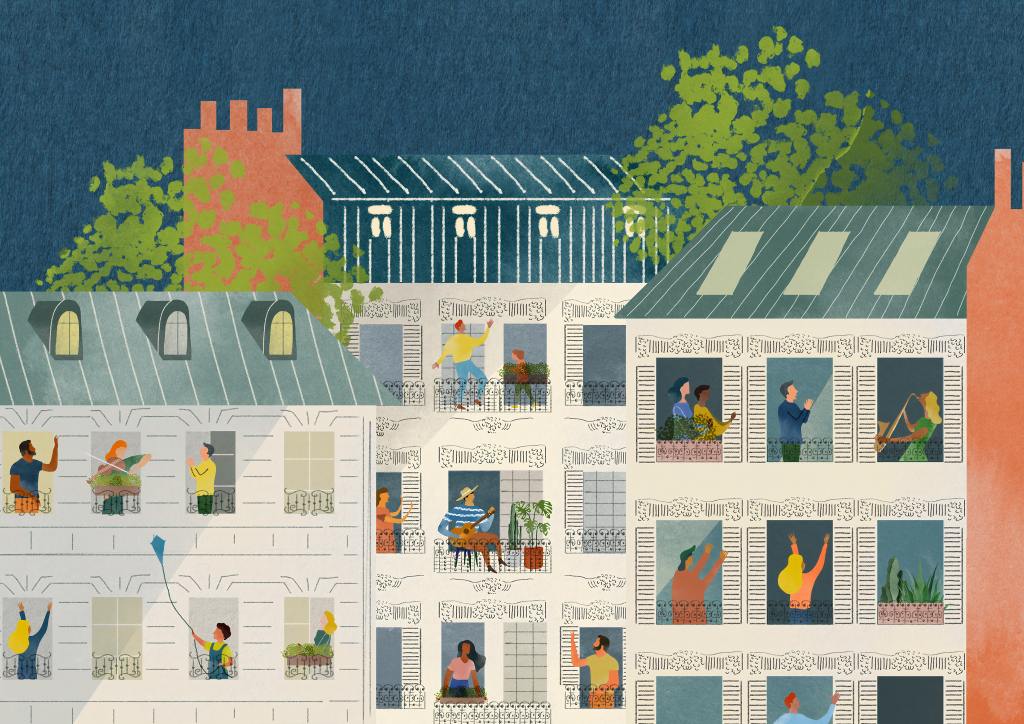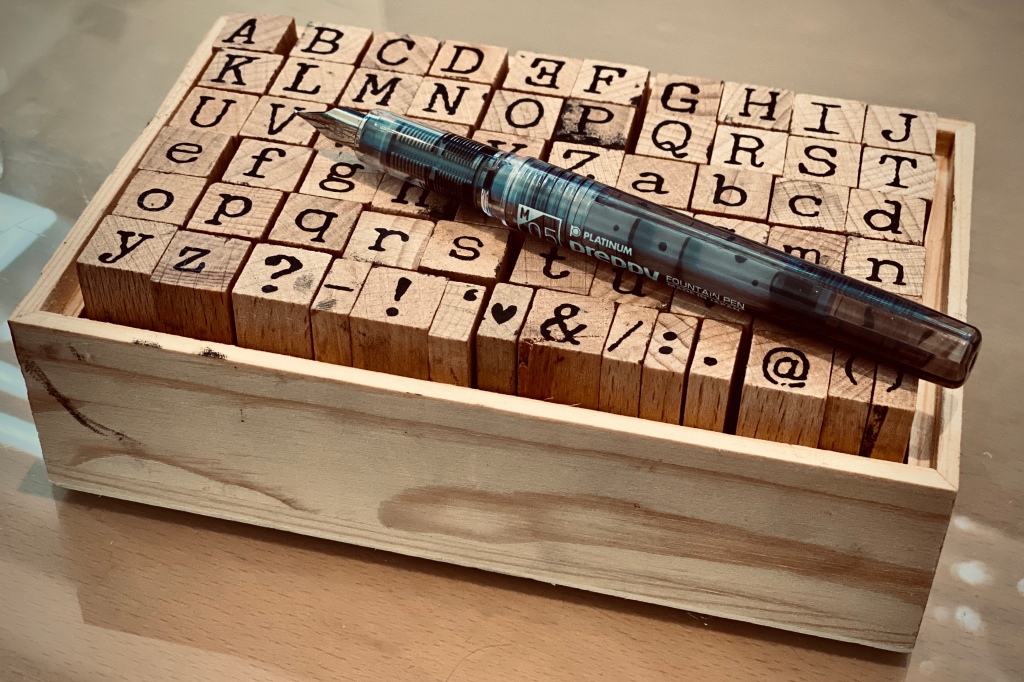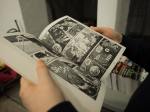
Photo by Jean-Philippe Delberghe on Unsplash
Telling the story
Introductions tend to be pretty formulaic – some grand editorial overviewing plus nutshell synopses of each chapter, finished with a “ta da” of significances and maybe a bouquet of applause. But here Nancy Chick – my long time hero* – reinvents the introduction, twice.
* We share an origin story, forged by literature, outlaws from Social Science research paradigms.
She offers a literary reading of the section through the lens of a favourite book, Gloria Anzaldúa’s Borderlands/La Frontera (1987). This offers a double-duty authenticity which reflects her own identity as an author, an academic and practitioner, and which remains true the meaning and essence of the texts introduced.
And there is a cartoon which places these ideas within a visual and spatial relationship: the spaces in between.
It’s this idea of the space in between that I want to explore. For me ideas are born in the spaces in between Chick’s quotes:
‘in that in between space you can access both worlds’
‘both/and’
‘telling the story vs being part of the story’
‘us and them’
‘our identities are never singular’
‘personal stories are important’
But they are also built in and by the spaces between texts – and those texts are only related through my experience and reading of them. So, when Chick (which is weird to write because honestly I’m thinking ‘when Nancy’) writes she thinks of ‘all the inks’ in her annotated copy of Anzaldúa’s text I immediately think of the four colours of Doris Lessing’s Golden Notebook (1962). Lessing’s protagonist, Anna Wulf, in fear of the chaos and formlessness, the messiness of life, the prospect of breakdown “Everything’s cracking up” separates her life into four distinct volumes: the notebooks. Black is historic; red is political; yellow is fictional; and blue is personal. In the personal volume she pledges to write honestly, and in so doing put aside ‘the instinctive feeling of shame and modesty’ which make it so hard to inscribe the body. Anna’s commitment to the unspoken taken-for-granted realities of everyday life brings readers the first tampon in English literature: “I stuff my vagina with the tampon of cotton wool.” This is why I remember Doris Lessing’s Golden Notebook so vividly although I read it just once over 20 years ago as an undergraduate.
So, the in between space is intertextual as well as intersectional.
I remember being a student, viscerally. I remember exactly how my (long gone) copy of The Golden Notebook looked, even how it smelled. I remember the colour of my vintage satin bedspread (still here) on my bed as I read it. I remember being a student. But that was over 20 years ago. I know what it was to be a first in family student of English Literature, discovering feminist fiction at a Russell Group University in the East Midlands during the early 90s. I’m an expert in my own experience. My identity, my readings of the world, like my reading of the text, is grounded in this history.
My own experience tells me nothing of what it is like to be a student in 2020. And especially not what it is like to be a student in 2020 during a global pandemic. The only way to discover ‘the complex and multiple lives students inhabit outside the university’ (Peseta) is to work with students to discover the space in between, and those ‘personal stories are important’.
Being part of the story
So, the other introduction is a cartoon.
Comics are constructed through animated panels separated by empty spaces the ‘gutters’.* Scott McCloud suggests that it is the gutters – the spaces between which enable the reader to observe the parts but ‘see the whole’. In a medium which doesn’t allow for real time action, the gutter simulates time and motion, leaving it for us to decide what happens between scenes. The gutters become invisible messengers, which are purposefully left empty by the author to be filled by the reader. David Low styles these non-spaces as a source of ‘continual, active communication between author and reader’, that is a process of ‘gutterance’ (2012, p. 372). Narrative, like nature, abhors a vacuum, and gaps beg to be filled. And so, the gutters constantly challenge readers to co-author the narrative with their own inferences (Low, 2012 p.376). But, although the reader draws their own conclusions, they are not left to chance, the author influences the conclusions that can be drawn.
In the in between space you don’t just access both worlds – you create the world.
Lars Wallner (2018) explored how readers fill those spaces, how worlds are created. He found that meaning making in the gutters was not a function of cognitive structure but rather a product of social action. We make worlds together. In partnership.
So, back to the cartoon introduction to section 2. There is a gutter. A big one, which runs down the middle and splits ‘you can access both worlds’ down the middle.
I prefer to read this ‘You can both’ ‘Access worlds’. The author has nudged us to find our meaning, to make the transition, and to transform multiple images of partnership, multiple ideas, quotes and experiences into a unified idea.
*Thanks to Greg McInerny (@GregMcI) for introducing me to gutter in comic books, and for our inspirational discussion about the gutters in teaching and learning.
Thanks also to Gwen van der Velden (@Gwenvdv) who’s tweet on the Dutch game ‘stoeprandan’ (or kerby to Brits) also made me think of the value of gutters in a different way.










